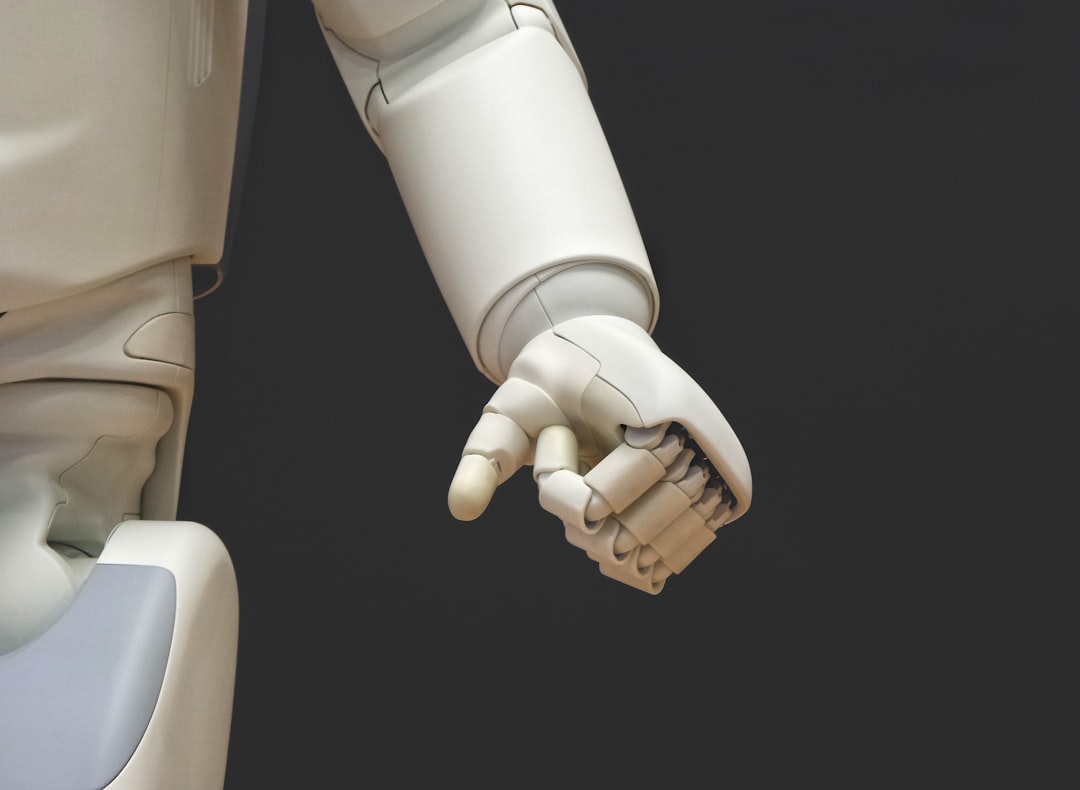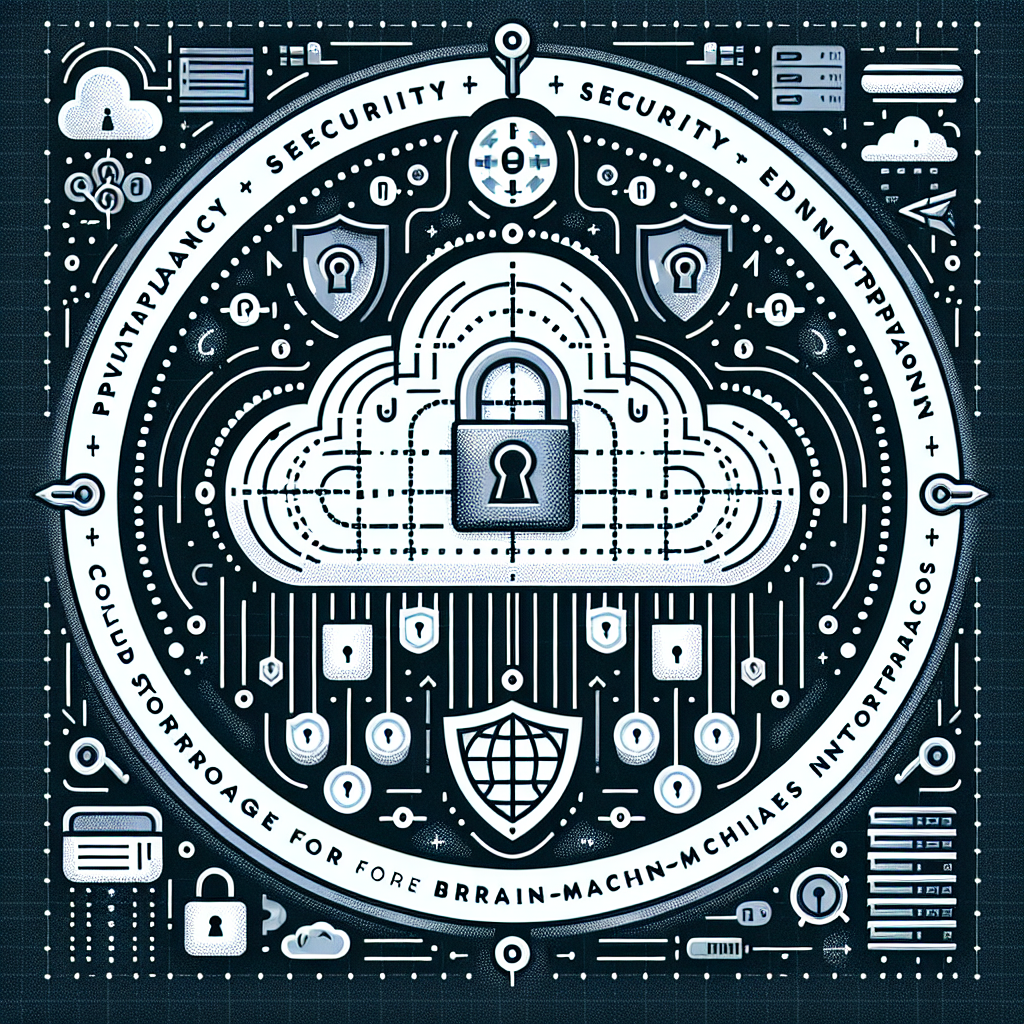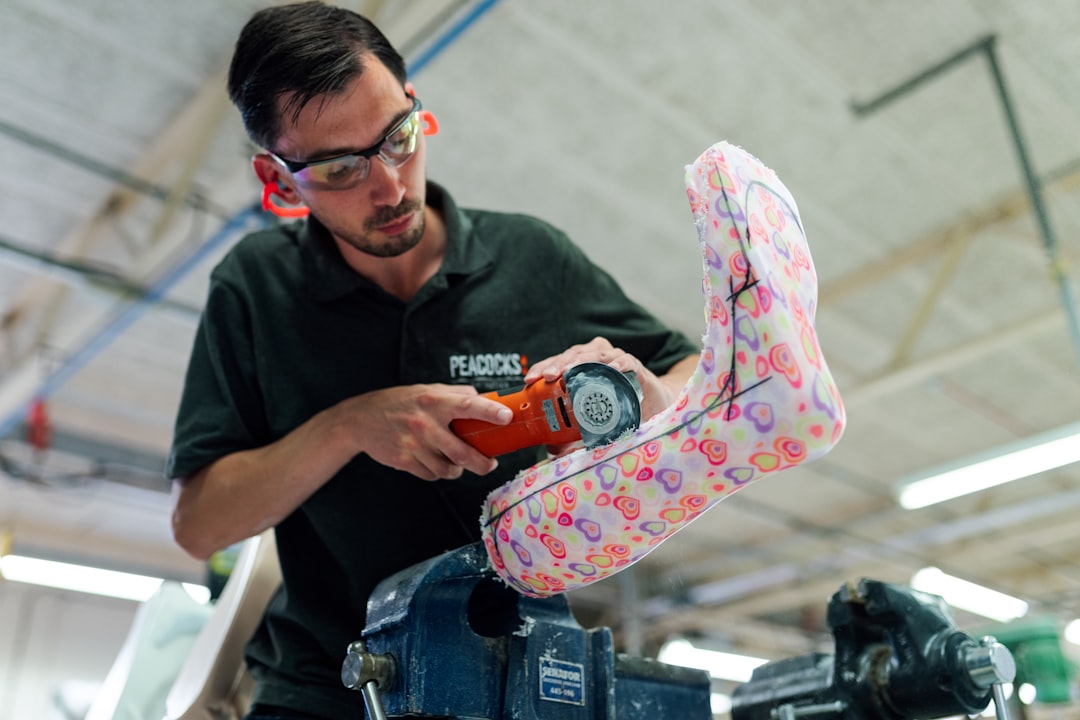Unlock encrypted content
Please enter your SSCE key to initiate on-the-fly decryption.
Decryption key: (Click cancel if you don't have the key)
Copied link to clipboard.
This feature is unavailable for free accounts. Upgrade now and enjoy all Premium benefits.
Go Premium!
This feature is unavailable for free accounts. Upgrade now and enjoy all Premium benefits.
Go Premium!
Please open this page in browser ( Google Chrome or Safari ) to use this feature.
Open In Browser
Computer Vision: Enhancing the Way We See the World
Random related video for this blog.
Copied share link to clipboard.
By mimicking the human visual system, computer vision algorithms can analyze and extract valuable insights from images and videos. This technology has far-reaching applications across various industries, from autonomous driving and smart cities to mobile app integration and secure document collaboration.
Enhancing Autonomous Driving
One of the most promising applications of computer vision is in the field of autonomous driving. By using cameras and sensors, computer vision systems can analyze the surrounding environment and make informed decisions in real-time. For example, computer vision algorithms can identify objects on the road, such as pedestrians, cyclists, and other vehicles, and predict their movement patterns. This enables autonomous vehicles to navigate safely and avoid potential collisions. Moreover, computer vision can enhance the accuracy of object detection and recognition systems in autonomous vehicles. By training algorithms with large datasets, these systems can quickly identify and classify various objects, such as traffic signs, traffic lights, and road markings. This, in turn, allows autonomous vehicles to understand and respond appropriately to different traffic situations.Smart Cities: Transforming Urban Living
The concept of smart cities revolves around using technology to improve the quality of life for citizens and optimize urban infrastructure. Computer vision plays a crucial role in transforming cities into intelligent and efficient hubs. For instance, computer vision systems can be used to monitor traffic flow and detect congestion in real-time. By analyzing video feeds from surveillance cameras, traffic management authorities can make data-driven decisions to alleviate congestion and optimize traffic flow. Another application of computer vision in smart cities is in the field of public safety. By deploying surveillance cameras equipped with computer vision algorithms, authorities can identify suspicious activities and respond promptly to potential security threats. Additionally, computer vision can be used to monitor crowded areas and detect abnormal behavior, which can help preventcrime and ensure public safety.
Revolutionizing Secure Document Collaboration
Secure document collaboration is a critical requirement for businesses and organizations today. Traditional methods of document sharing and collaboration often involve multiple versions, security risks, and lack of control. Computer vision can revolutionize this process by providing intelligent solutions for secure document collaboration. By leveraging computer vision techniques, documents can be automatically analyzed and classified based on their content. This enables users to easily search for specific documents and organize them effortlessly. Additionally, computer vision can be used to extract relevant information from documents, such as text, tables, and images. This not only enhances collaboration but also improves productivity by automating manual tasks.Effortless File Organization with Nanotechnology
Nanotechnology, the science of manipulating matter at an atomic and molecular scale, is revolutionizing various industries, including computer vision. Researchers are exploring the use of nanotechnology to create miniature cameras and sensors that can be integrated into everyday objects. These tiny devices, known as nanocameras, can capture images and videos with high resolution and accuracy. The integration of nanocameras with computer vision algorithms allows for effortless file organization. For example, imagine a scenario where you have hundreds of photos stored on your smartphone. By using nanocameras combined with computer vision, your device can automatically organize these photos based on the content, such as grouping them by location, people, or objects. This eliminates the need for manual sorting and makes it easier to find and access specific files.Conclusion
Computer vision is a transformative technology that is reshaping various industries and revolutionizing the way we interact with the world. From enhancing autonomous driving and enabling smart cities to improving secure document collaboration and effortless file organization, computer vision is unlocking new possibilities and driving innovation. As this field continues to evolve, we can expect even more exciting applications and advancements in the future.Frequently Asked Questions (FAQs)
Question: How does computer vision enhance autonomous driving? Answer:
Computer vision enables autonomous vehicles to analyze their surroundings, identify objects, and make real-time decisions to navigate safely and avoid collisions.
Question: What role does computer vision play in smart cities? Answer:
Computer vision helps monitor traffic flow, detect congestion, enhance public safety, and optimize urban infrastructure in smart cities.
Question: How can computer vision revolutionize secure document collaboration? Answer:
Computer vision provides intelligent solutions for document classification, search, and information extraction, improving collaboration and productivity.
Question: How does nanotechnology contribute to effortless file organization? Answer:
Nanocameras integrated with computer vision algorithms can automatically organize files based on content, eliminating manual sorting.
Case Studies 1. Company XYZ: How Computer Vision Transformed their Fleet of Autonomous Vehicles 2. City ABC: Leveraging Computer Vision for Smart Traffic Management 3. SecureDocs: Enhancing Document Collaboration with Computer Vision Technology To experience the power of computer vision and secure document collaboration, visit FileLu.
By Amelia Isabella
Email: [email protected]
Related
The Future of Data Storage: Real-time Synchronization, Immersive Media, and...
June 3, 2023
Read More
The Future of File Sharing: Cognitive Computing and Interstellar Colonization.
June 3, 2023
Read More
The Future of File Management: Advanced Downloading Tools, Edge Computing,...
June 3, 2023
Read More
Popular
Exploring the Future of Data Management: Security, Efficiency, and Cognitive...
September 28, 2025
Read More
The Future of Data Storage: Exploring Advanced Encryption, Mobile Integration,...
October 5, 2025
Read More
Emerging Technologies: Exploring the Impact of File Access Auditing, Genetic...
October 19, 2025
Read More
Emerging Technologies Revolutionizing File Management: From Li-Fi to Robust Collaboration...
October 26, 2025
Read More
Latest
Emerging Technologies Revolutionizing File Management: From Li-Fi to Robust Collaboration...
October 26, 2025
Read More
Emerging Technologies: Exploring the Impact of File Access Auditing, Genetic...
October 19, 2025
Read More
The Future of Data Storage: Exploring Advanced Encryption, Mobile Integration,...
October 5, 2025
Read More
Exploring the Future of Data Management: Security, Efficiency, and Cognitive...
September 28, 2025
Read More
Revolutionizing Data Management: Innovations in Storage, Security, and Sustainable Technology.
September 24, 2025
Read More
The Future of Technology: Data Privacy, Self-Driving Cars, and Hybrid...
September 21, 2025
Read More
The Future of Cloud Storage: Innovations in Scalable Storage, Synchronization,...
September 10, 2025
Read More
The Future of File Storage: Exploring Cryonics, Transhumanism, and Advanced...
September 7, 2025
Read More
Innovations in Cloud Storage and Data Management: Navigating the Future...
September 3, 2025
Read More
The Future of Technology: Integrating Virtual Reality, Autonomous Driving, and...
August 27, 2025
Read More
The Future of File Management: Innovations in Data Sovereignty, Security,...
August 24, 2025
Read More
The Future of Data Management: Exploring Innovations in Robotics, Genetic...
August 20, 2025
Read More

























